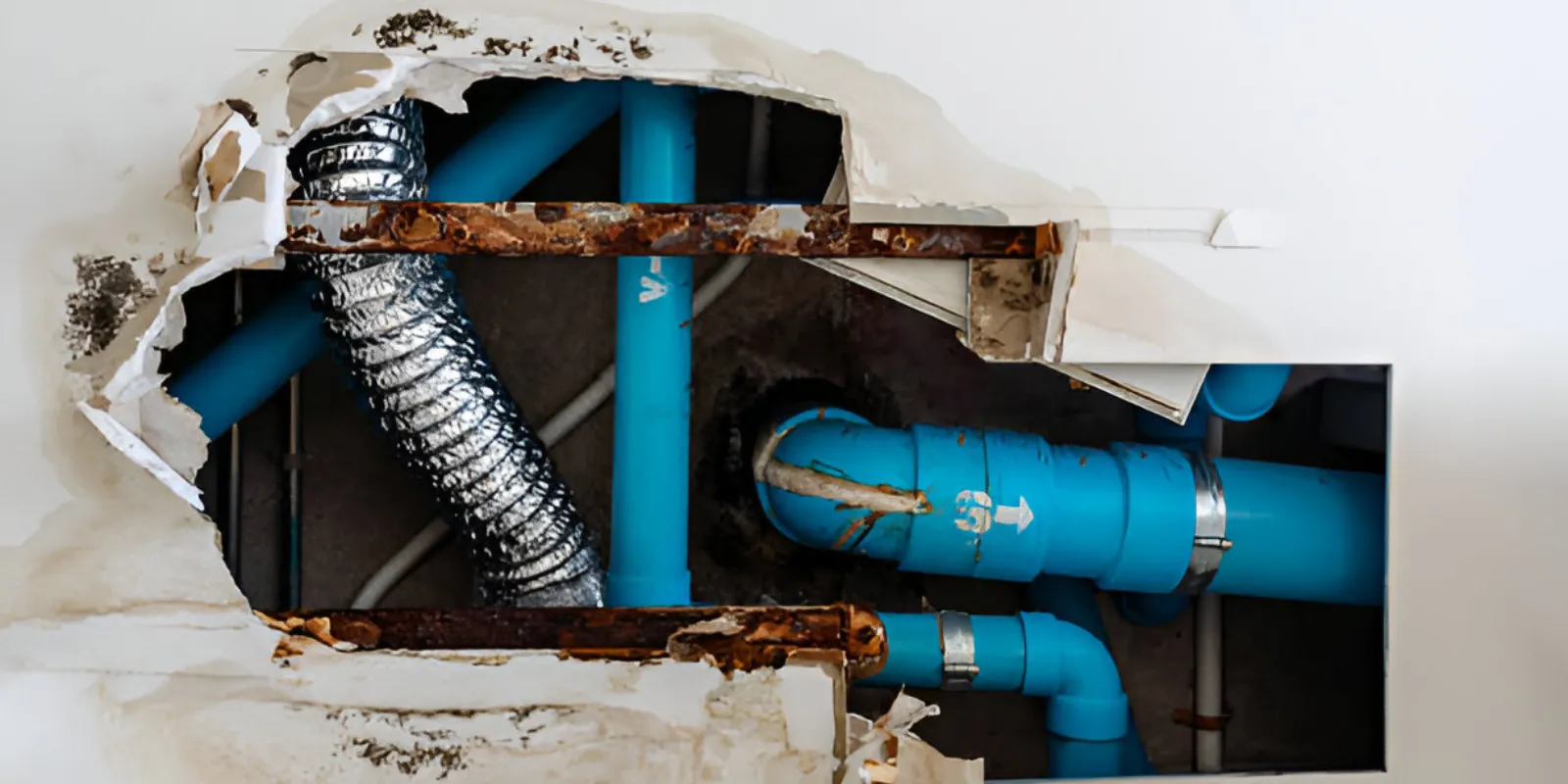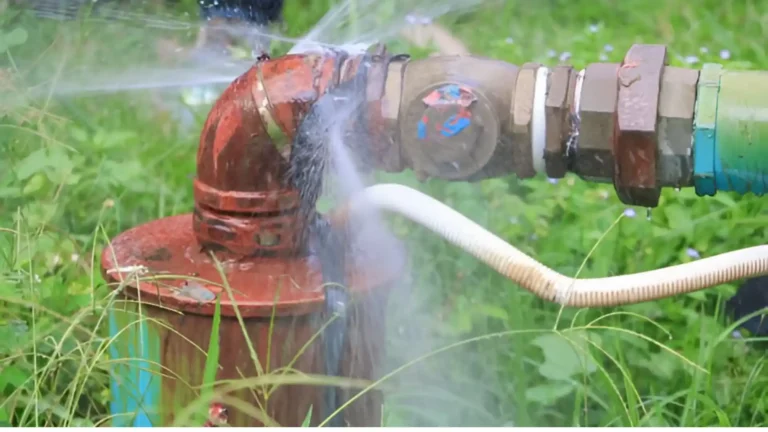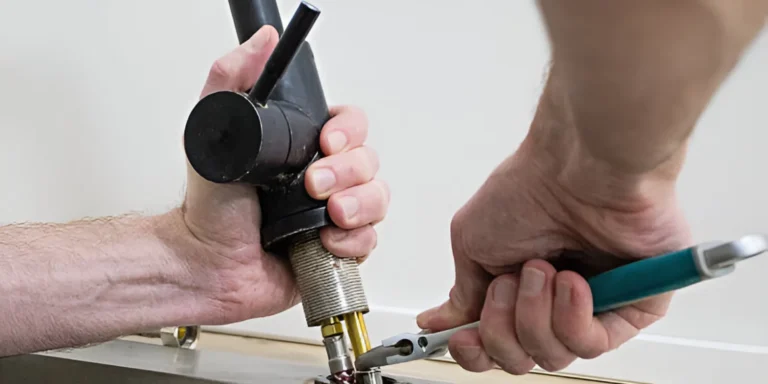Water leaks hidden behind walls can lead to serious structural damage, mold growth, and skyrocketing utility bills if not caught early. Unlike visible leaks under sinks or near appliances, these hidden problems are often silent and hard to spot until they’ve already caused significant issues. Fortunately, there are ways to identify a water leak inside a wall before it turns into a major disaster. Knowing what to look for—like stains, musty smells, or unexplained dampness—can save you from costly repairs. This guide will walk you through the signs, tools, and steps to help you locate and address hidden water damage effectively.
Look for Physical and Sensory Clues
The first step in detecting a wall leak is to observe and trust your senses. Discoloration, peeling paint, or warped wallpaper are visual red flags. Musty or earthy odors often indicate moisture buildup. Damp spots or cold areas on the wall may also suggest a problem. Mold or mildew growing in unusual places can be another strong indicator. Be sure to check both high and low sections of the wall, especially around plumbing lines or behind fixtures like sinks and showers, where leaks are more common.
Use a Moisture Meter
A moisture meter is a handy tool that can confirm if a wall is retaining water. Simply press it against different sections to get a reading. High levels mean it’s time to investigate further.
Listen for Unusual Sounds
Sometimes leaks reveal themselves through sound rather than sight. If you hear dripping, hissing, or the sound of running water when no fixtures are on, it could indicate a leak inside the wall. These sounds are typically faint but can be heard during quiet times, especially at night. Walk around your home with everything turned off and listen closely to areas near bathrooms, kitchens, or laundry rooms. Pinpointing the sound can help you determine the exact spot to inspect or cut into the wall for repairs.
Try the Stethoscope Trick
Using a mechanic’s stethoscope or even a cardboard tube can amplify faint sounds. Move it slowly along the wall to isolate the noise source, helping you locate the leak more accurately.
Use Technology or Call a Professional
If you can’t find the leak yourself, thermal imaging or acoustic detection tools can help locate hidden moisture. Infrared cameras detect temperature differences caused by wet areas inside walls. Acoustic sensors amplify leak sounds, even through solid surfaces. These advanced tools are commonly used by plumbers and restoration specialists. If you’re unsure or the damage is extensive, hiring a professional ensures the problem is diagnosed and resolved correctly. Acting quickly can prevent structural decay, electrical hazards, and mold infestation.
Don’t Delay Repairs
Once a leak is found, act fast. Delaying repairs can result in costly drywall damage, insulation issues, and potential health risks from mold. Immediate action protects your home and your wallet.




